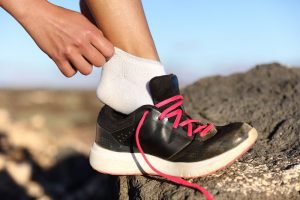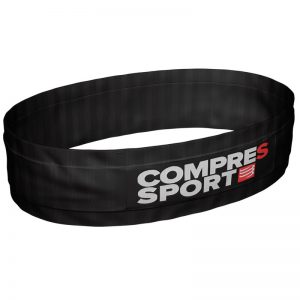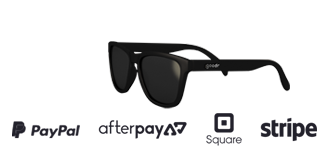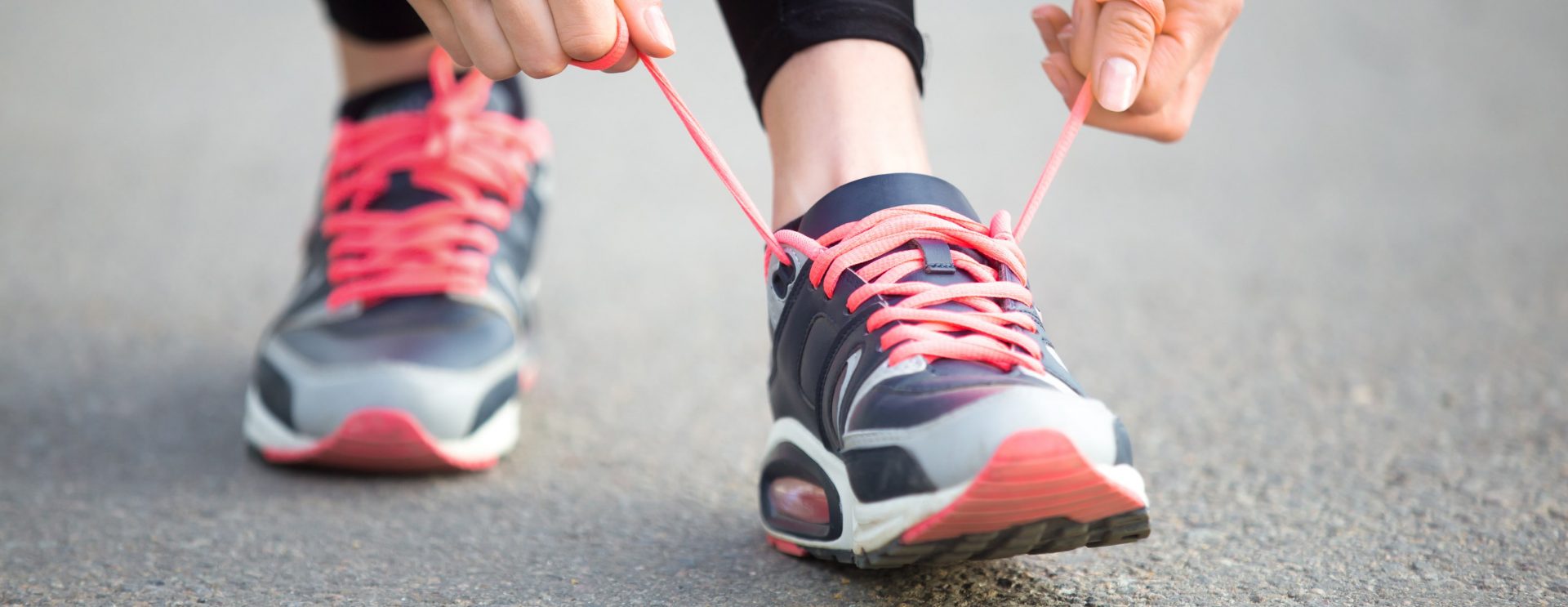Let’s face it. While running is a lot of fun, blisters are not. If you’ve ever gotten a blister while running, you know that it’s a painful experience you would rather not have again. For something so small and hidden away on the human body, they sure can cause a lot of trouble. But here’s some good news – with the proper methods of prevention and care, you can run in comfort once again. Keep scrolling to learn how to treat foot blisters running has caused, and for tips on preventing them from appearing in the first place.
Why do blisters appear?
Here’s the science: we have two layers of skin known as the epidermis and the dermis. Friction from activities like running causes a sac of fluid to form between the two layers, known as the blister. Friction blisters commonly develop on places where the most frictional force occurs such as on the heel, back of the ankle, toes, and the sole or ball of your feet. Poorly fitted running shoes (too loose or too tight), unsuitable running socks, the wrong insole, and excessive wetness or perspiration can all contribute to the formation of a blister.

Â
How To Prevent Blisters From Developing
There are a couple of effective ways to prevent a blister from appearing at all. It’s much easier and less painful to prevent a blister than to try and treat it. Blister prevention is key when it comes to protecting your skin so make sure to prepare your feet well in advance of a run. Here’s how our team of seasoned runners at Pure Running like to get our feet ready for a comfortable run:
Choose the right shoes: You want running shoes that can last a long time while maintaining a positive impact on your comfort and performance. Whether you pick from our lightweight or cushioned range of shoes, it’s important to choose a pair that provide your feet with the most comfort and support during a run. It is a good idea to buy a half size larger than usual as your feet will swell up while running.
Make sure the shoe fits: You can look into getting custom orthotics made for a better fit if you regularly get friction blisters and other feet-related issues.
Wear running socks: Invest in a few pairs of running socks, like those from our Injinji range, that separate your toes to minimise frictional force. The special fabrics they are made from (e.g. bamboo, COOLMAX) allow your feet to “breathe” and wick excess moisture away. You should also be using fresh socks every time you run to help prevent any local infection or issue in the area.
Lubricate your feet: Long distance runner will benefit most from applying a lubricant like our Squirrels Nut Butter Anti Chafe Salve or Body Glide balms prior to running. These protect your skin from chafing, irritation, and redness that later turn into friction blisters. Additionally, if you like to wear running belts, pick one like our SPIbelt that are specially designed with lightweight materials to be anti-chafing.

Use tape: You can try adhering athletic tape or moleskin to the areas of your feet most prone to receiving frictional force. When applying the tape, make sure there are no wrinkles and not to stick it on too tightly.
How To Treat Foot Blisters That Running Causes
If you’re reading this, you’re probably trying to find solutions to get rid of an existing blister so you can get back to running with ease. So let’s cut to the chase – here’s how to treat foot blisters running has caused.
Mid run care: If you feel a blister forming during a run, stop for a moment and put a cushioned band-aid on it to prevent further frictional damage.
Post-run care: Small blisters will heal in their own time so leave them be. As for larger blisters, you should never attempt to pop them as they can become infected – unless absolutely necessary. If you have to pop or drain it, use clean hands and a sterile needle. Don’t peel the blistered skin away as it can protect the raw skin underneath it. Keep a close eye on it and head to the doctors if you’re concerned that you have infected blisters.
Now that you’ve read up on the best methods to curing and preventing running blisters, make sure to act on them. Having proper running gear can have a positive impact on not only your running performance but also your comfort and ability to run further for longer. So get closer to your fitness goals and treat your feet to some running attire for a more comfortable run. While you are here, be sure to read our article about how to stay injury-free while running, so you can keep getting the most out of each run.









